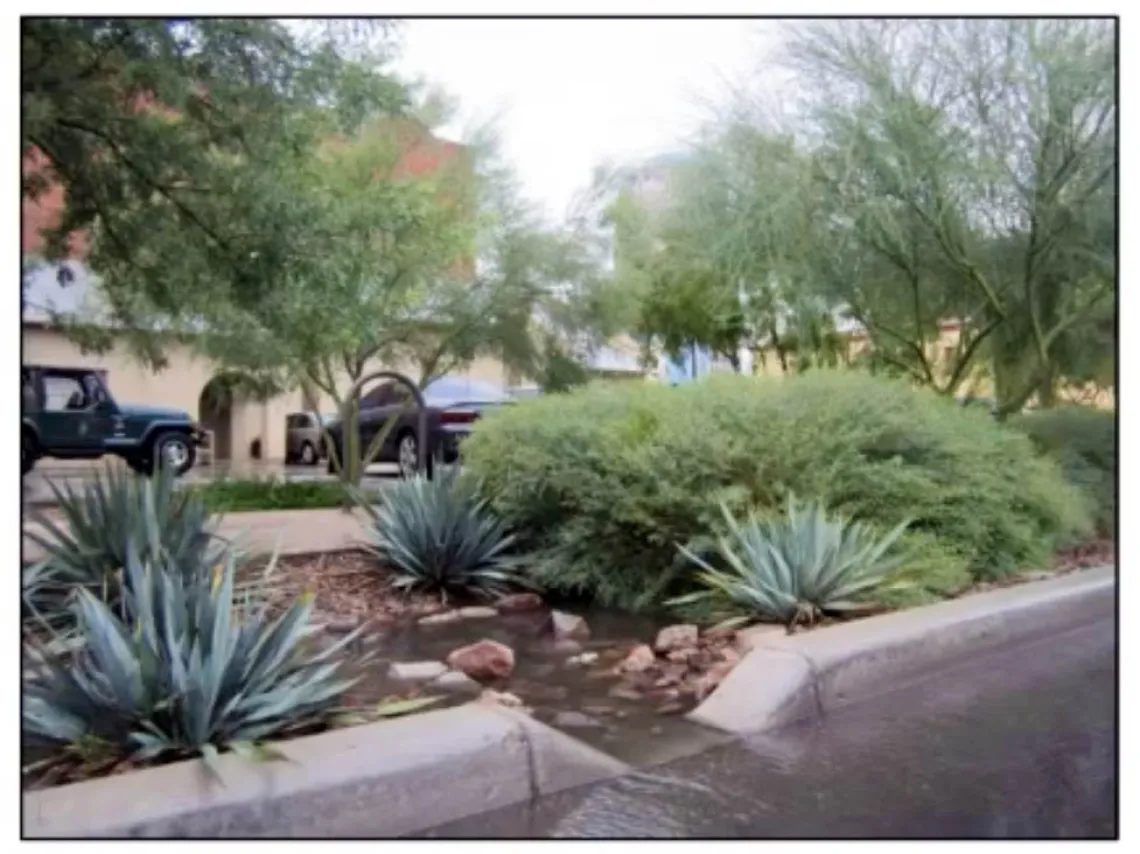New Article Addresses Urban Environmental Injustice

In a recent article published in Environmental Science & Policy titled “The unjust distribution of urban green infrastructure is just the tip of the iceberg: A systematic review of place-based studies,” Udall Center researchers Adriana Zuniga and Andrea Gerlak, along with students Alison Elder (Geography, UArizona) and Alex Tam(History, Harvard University), lay out the many dimensions involved in understanding the breadth of injustices surrounding the implementation of urban green infrastructure (GI). According to the lead author Zuniga, “our review of more than 70 case studies on the intersection of GI and justice led us to conclude that the unequal spatial distribution of GI in cities around the world is really just ‘the tip of the iceberg.’ Our research reveals how many other aspects of justice centered on the processes of how GI is designed, implemented and experienced in cities. These processes around GI are supported by legacies of disinvestment and redlining in cities that disproportionately affect minorities in urban environments.”
The authors draw on their previous work addressing issues of GI injustice in projects such as Tucson Verde para Todos, which ultimately lead to an award-winning GI installation at Star Academic High School to mitigate the heat island effect, and their more recent work creating and implementing a green stormwater infrastructure (GSI) maintenance protocol for the City of Tucson in collaboration with city and county officials, as well as with neighborhood associations, NGOs, and local non-profits. These projects keep justice at the forefront of the collaborative decision-making process, from design to implementation of GI and GSI, in order to address environmental justice issues and help underserved communities adapt to climate change. “This research is at the heart of the work we do at the Udall Center. It speaks to issues of justice in environmental planning and decision-making, and the role of community in how we realize benefits of infrastructure,” according to co-author Gerlak, Director of the Udall Center.

